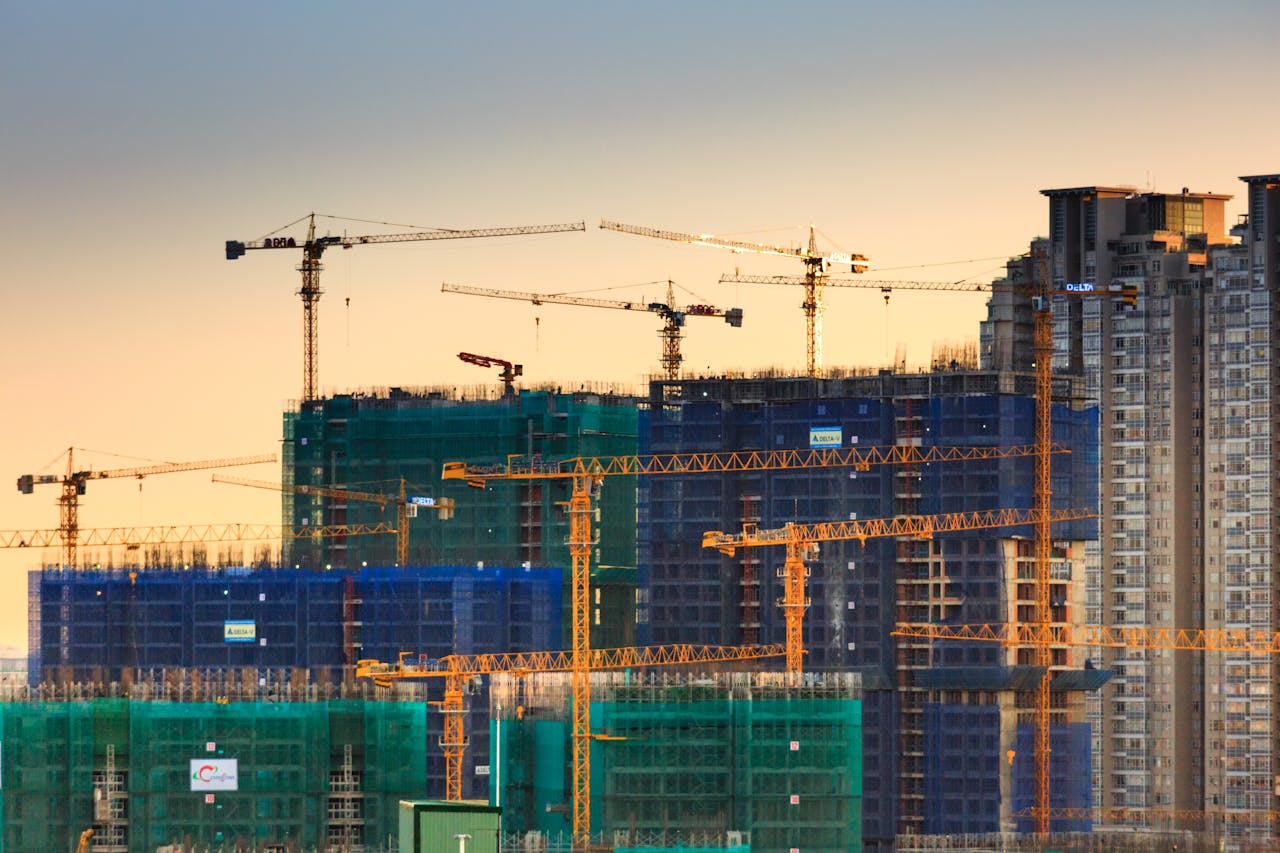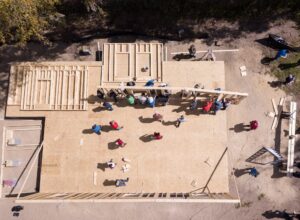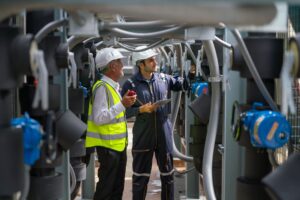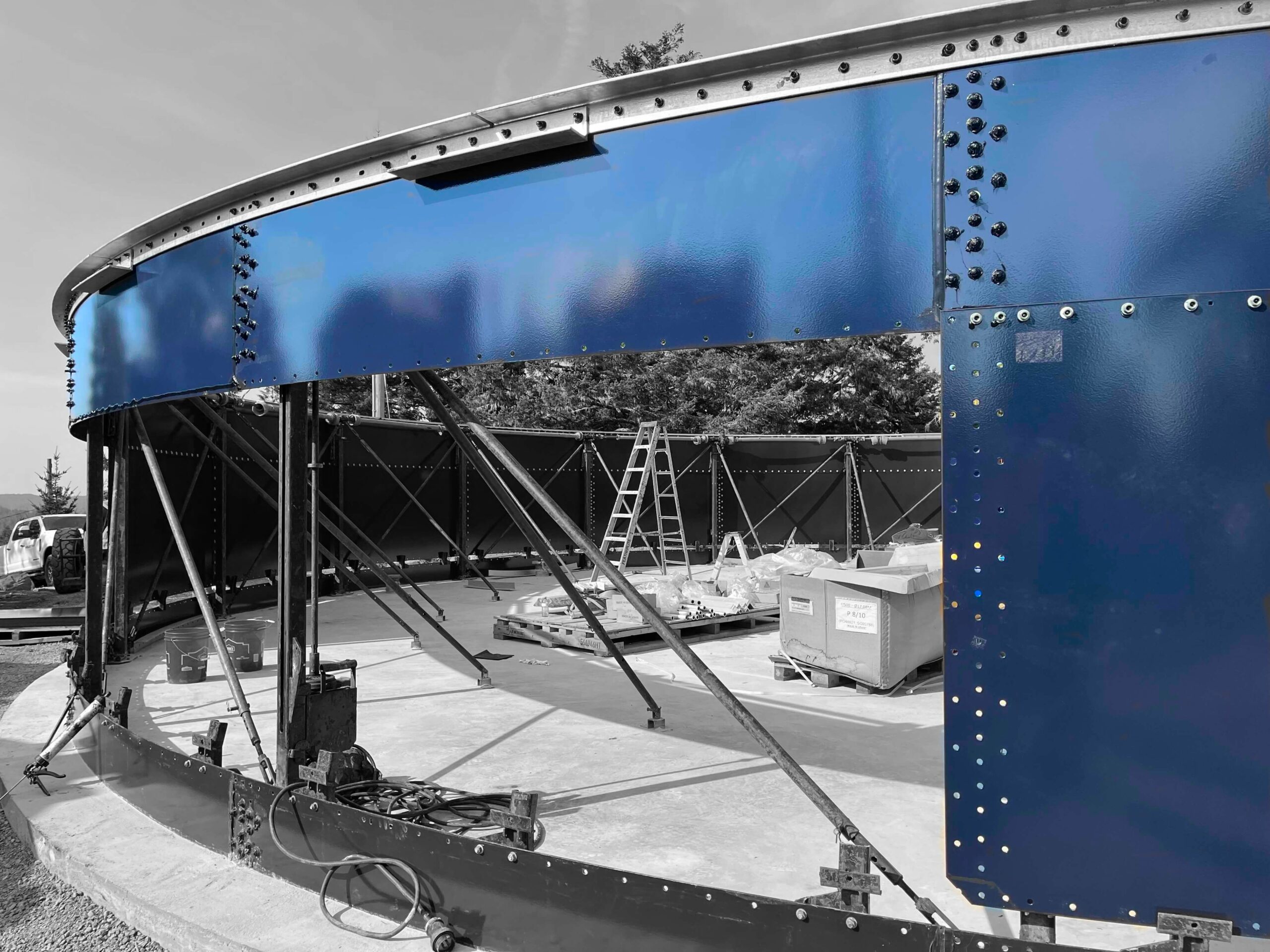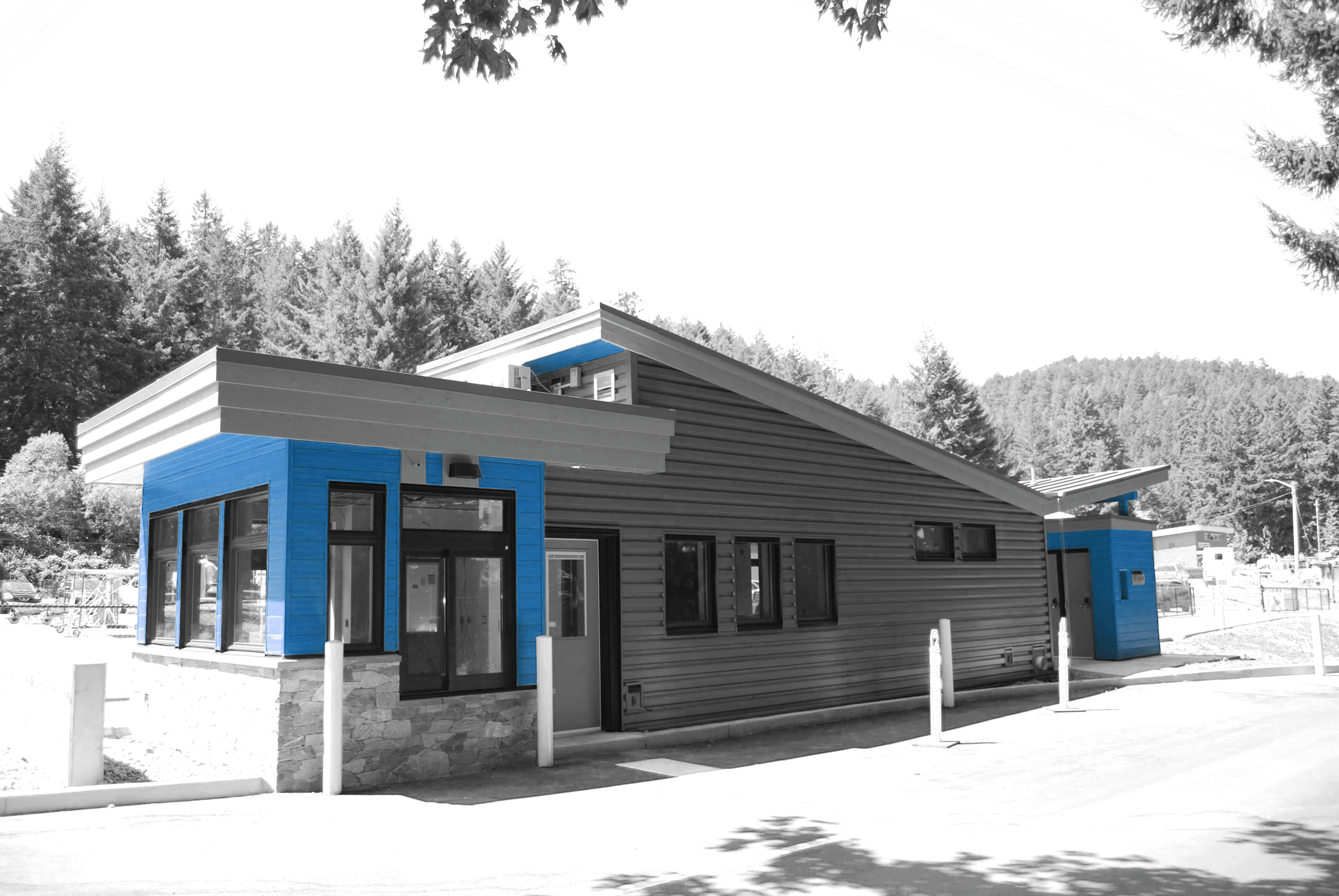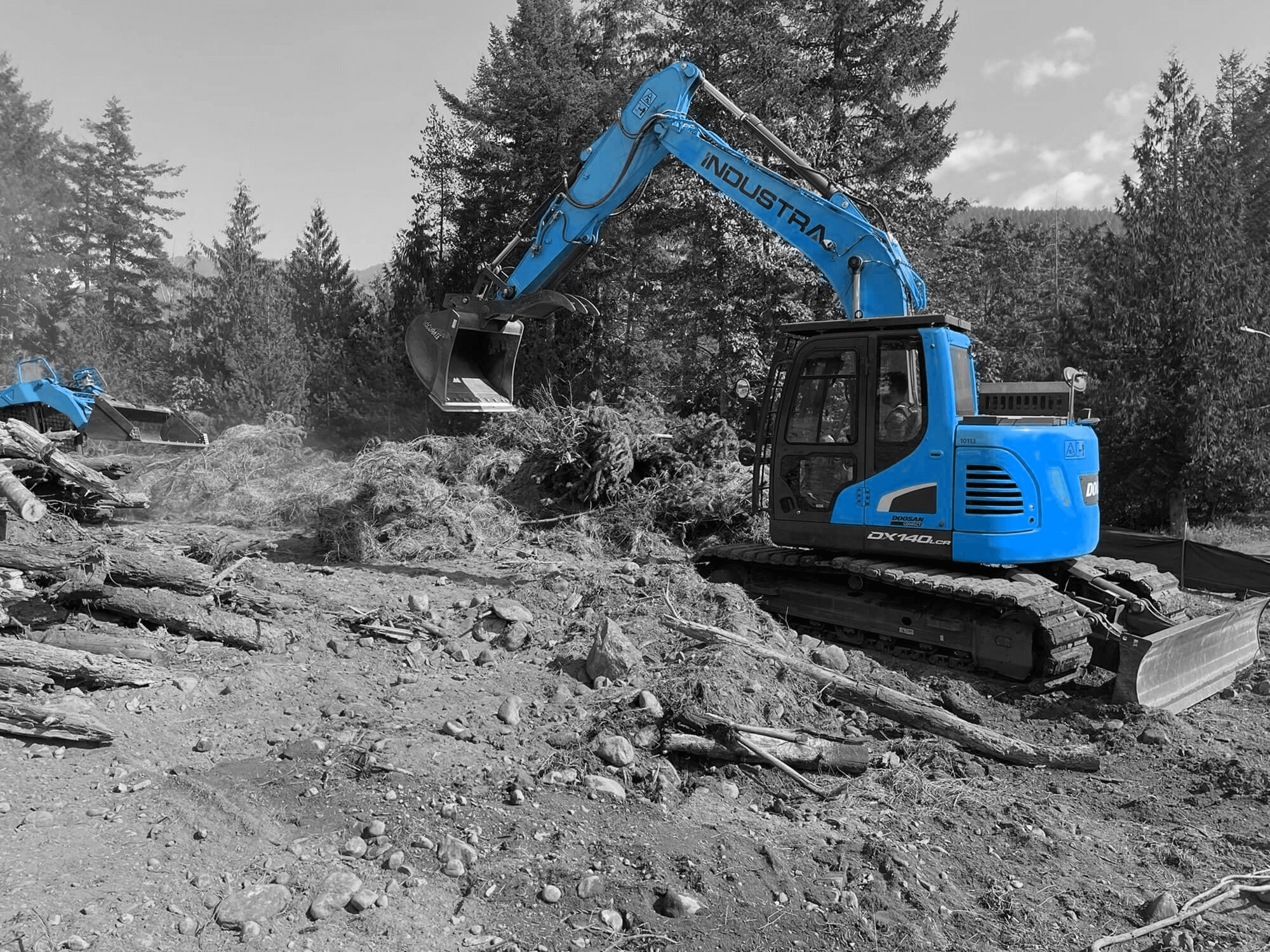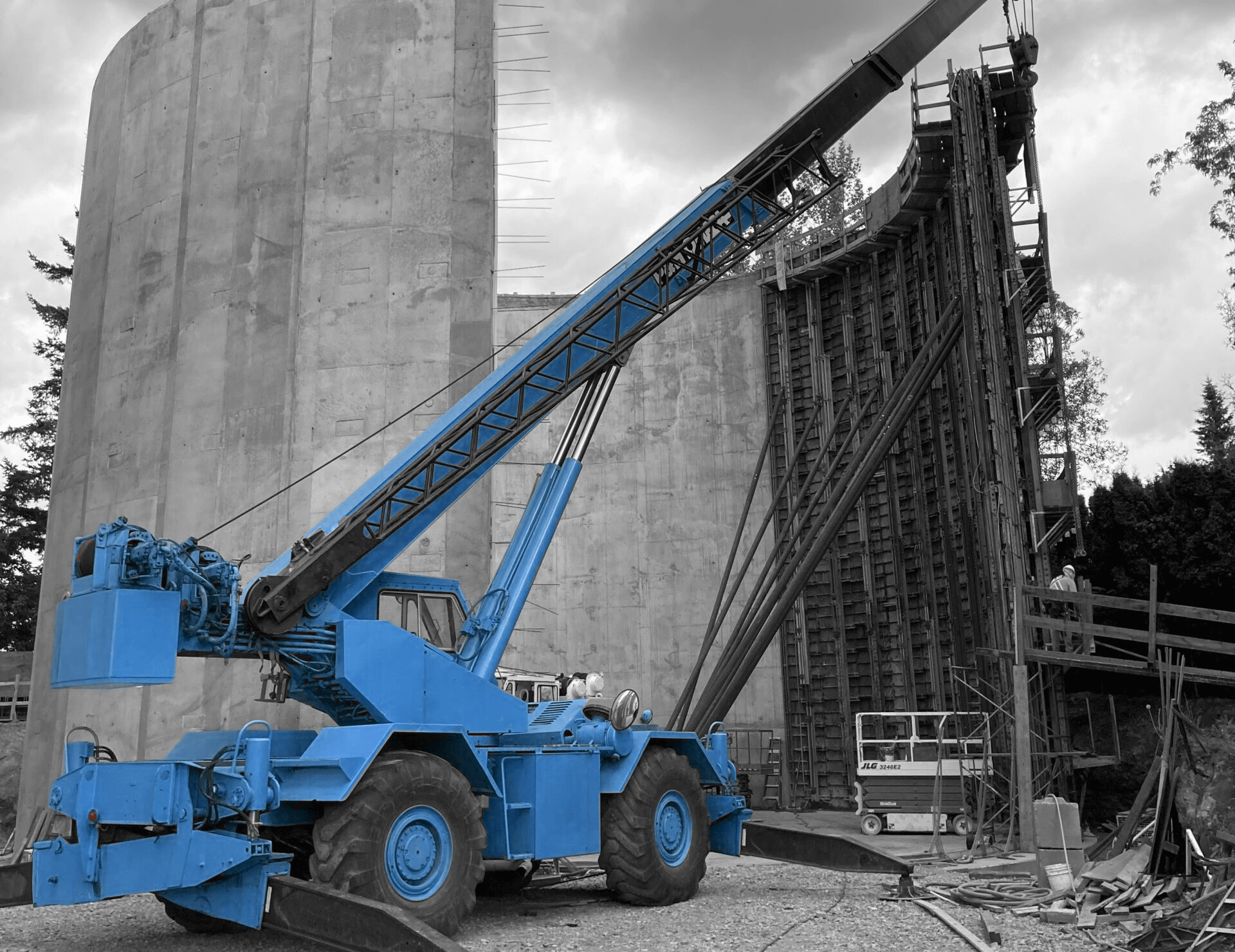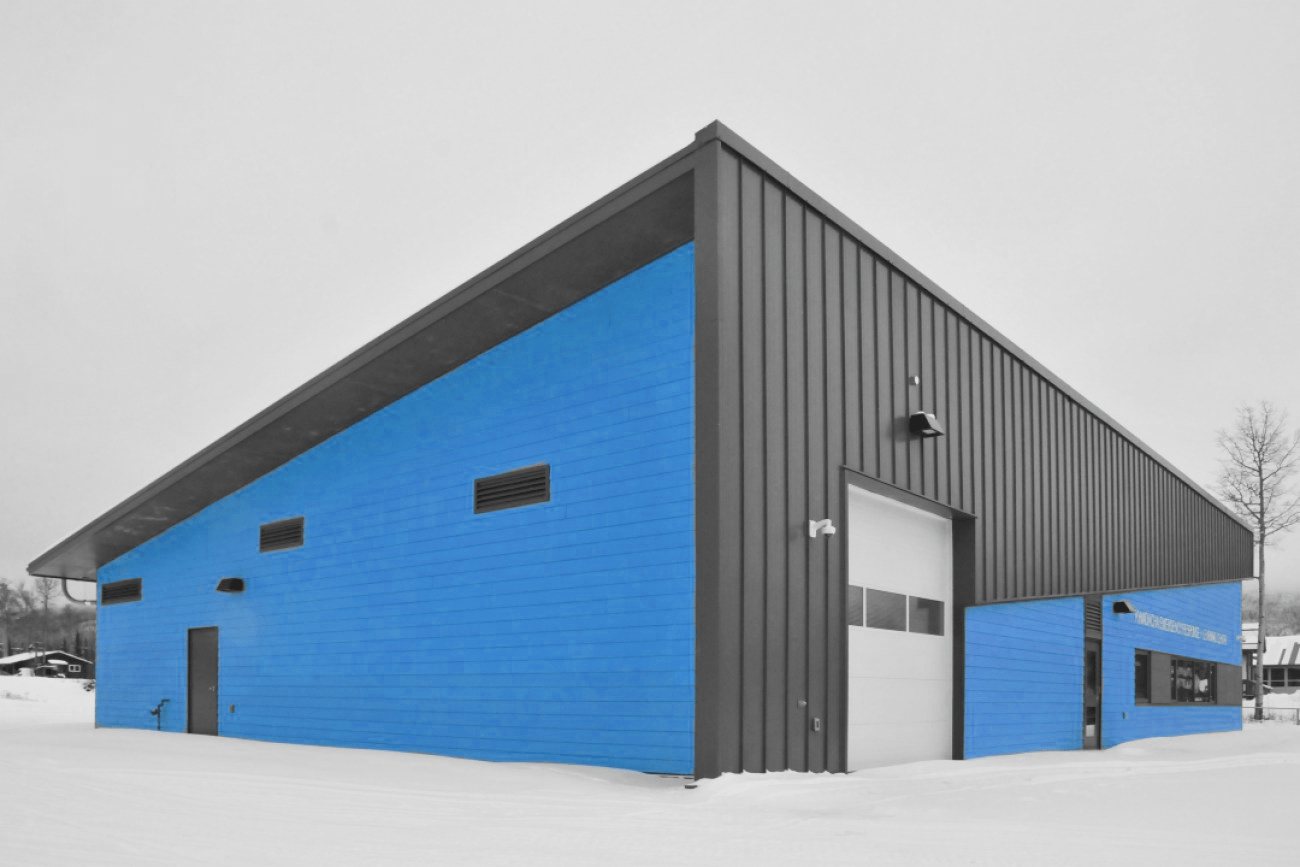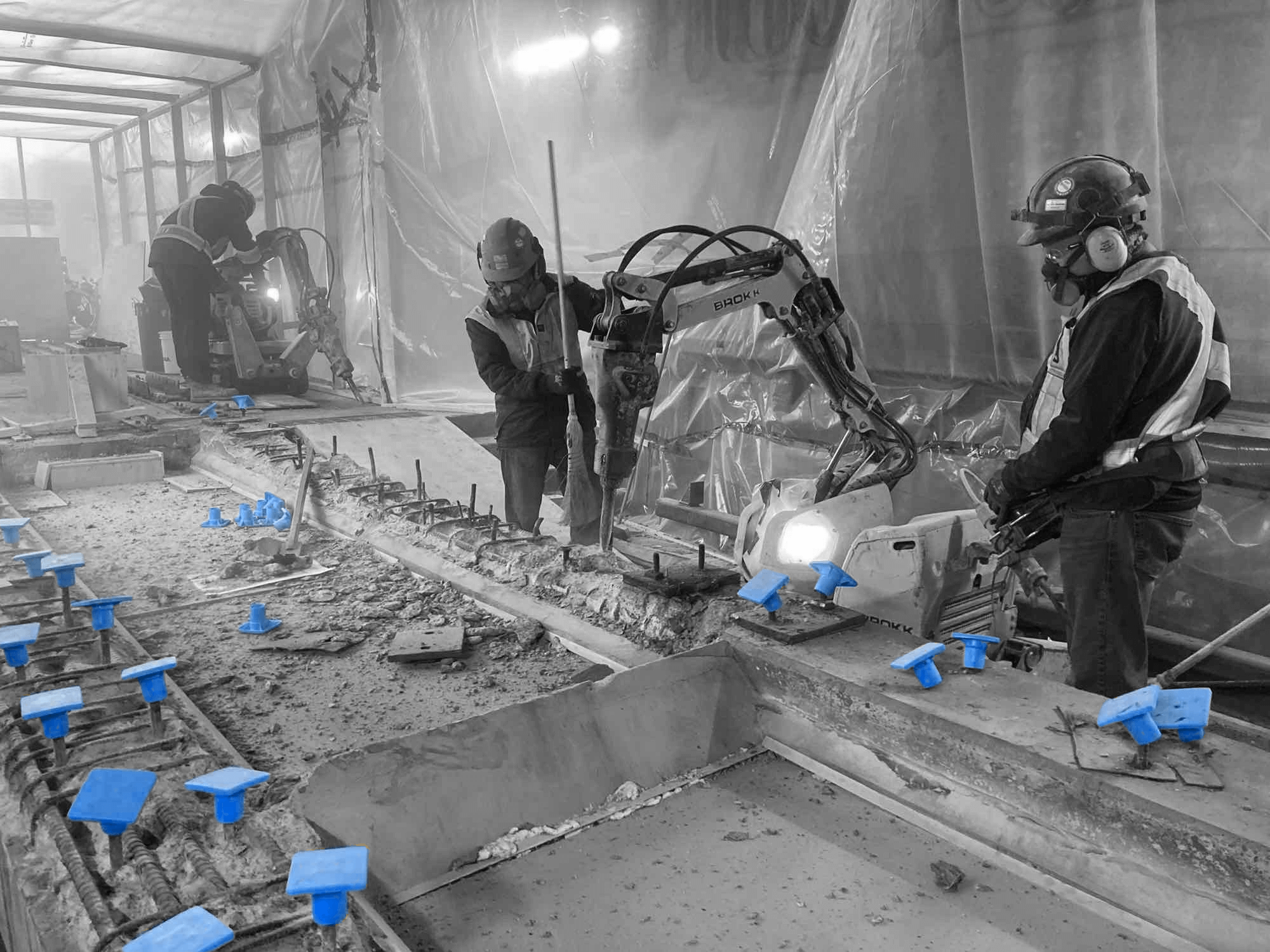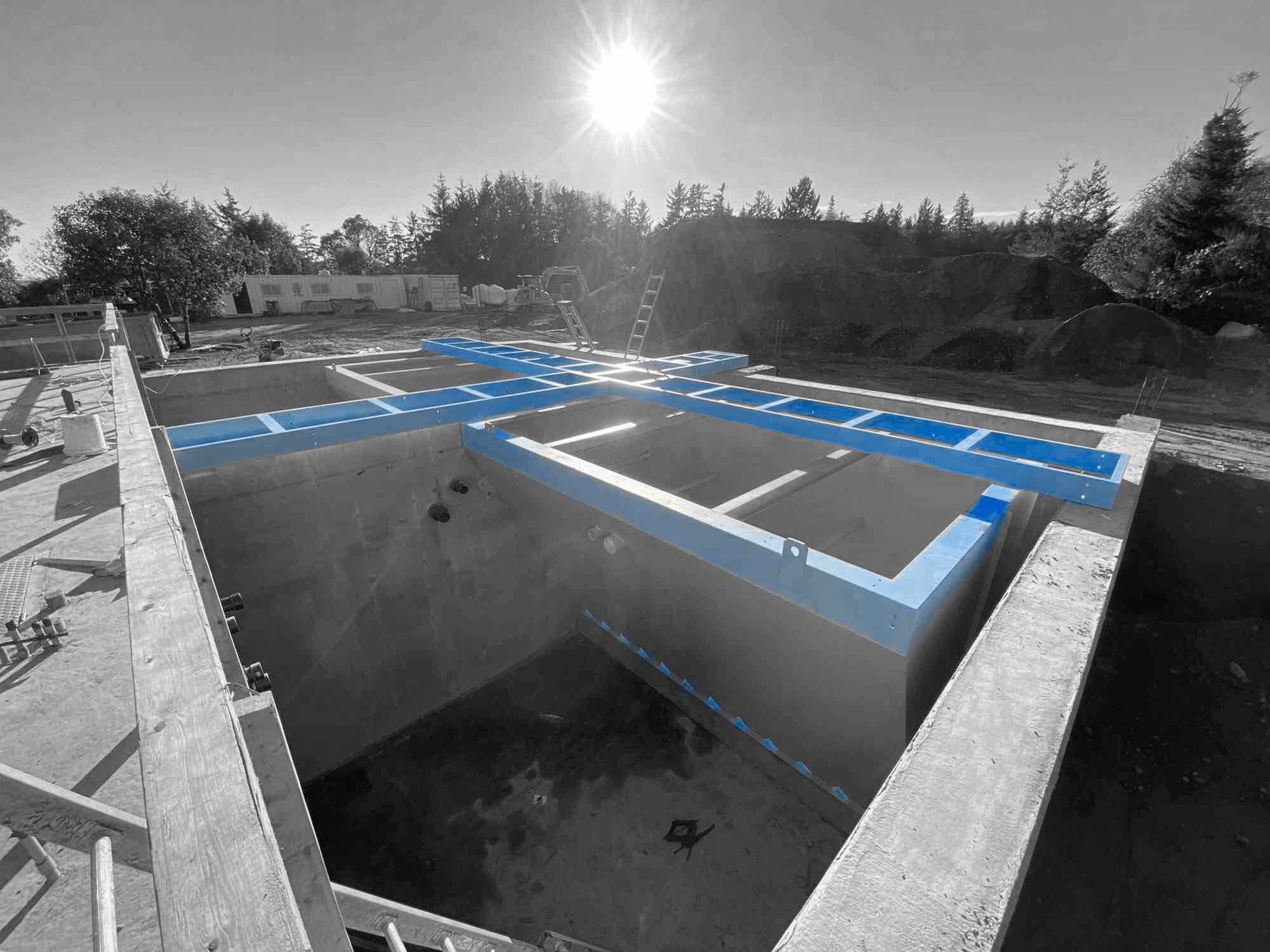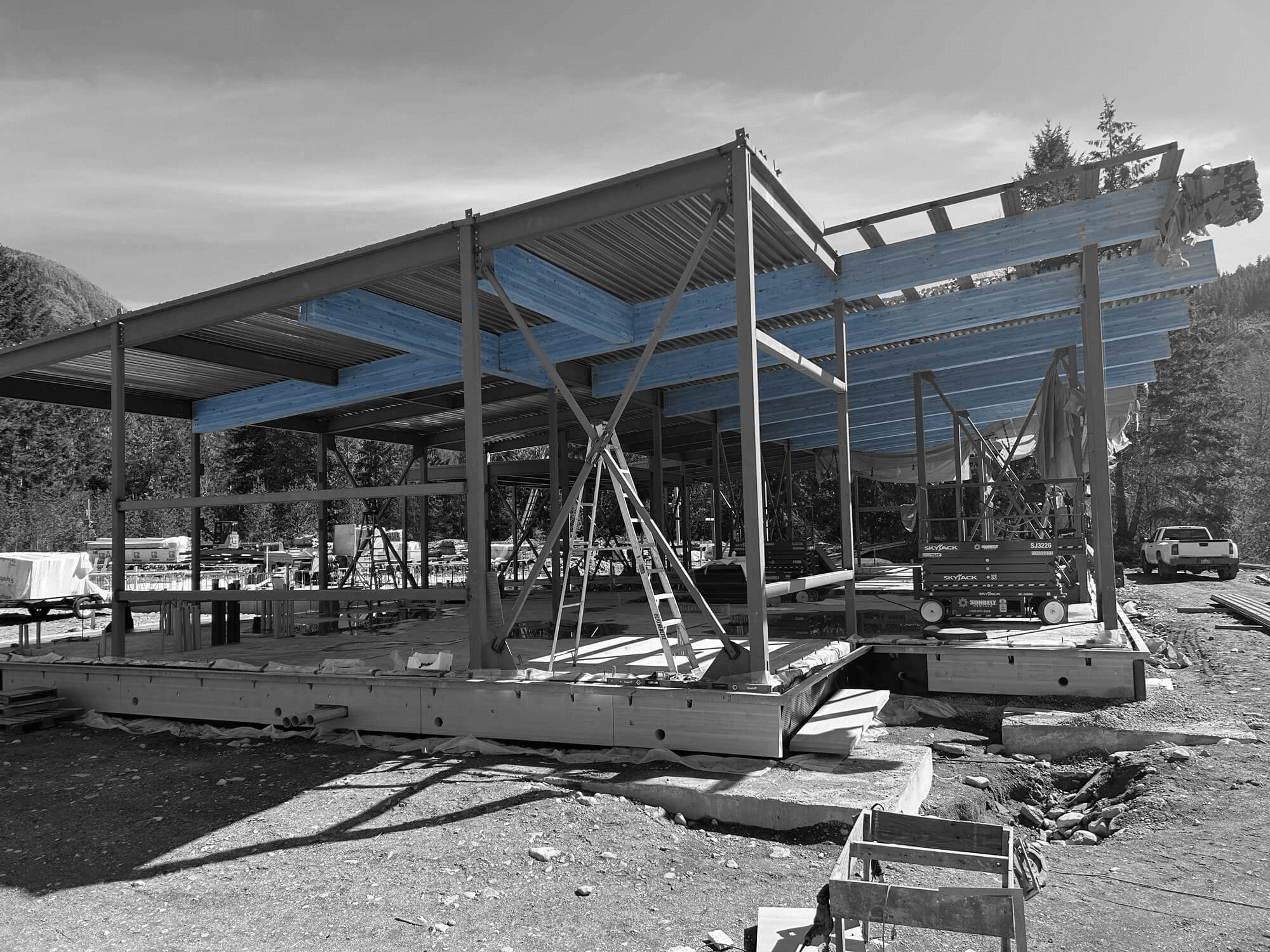Steel buildings have become a popular choice for industrial projects due to their durability, versatility, and cost-effectiveness. These structures are used in various settings, such as factories, warehouses, and workshops. They provide the strength needed to support heavy equipment and large-scale operations.
This article will explore the many benefits of steel buildings for industrial projects. We’ll delve into their key features, common applications, and the steps involved in constructing one. By understanding these aspects, you can see why many industries are opting for steel buildings to meet their needs.
Advantages of Steel Buildings for Industrial Projects
Steel buildings offer numerous benefits for industrial projects. One of the main advantages is their durability. Steel is incredibly strong and can withstand the wear and tear of heavy industrial use. It resists rust, corrosion, and pests like termites, ensuring a long-lasting structure.
Another big benefit is the speed of construction. Since steel buildings can be prefabricated, parts are made off-site and then quickly assembled at the construction site. This approach minimizes delays and helps complete projects faster. The quick assembly also reduces labour costs, making steel buildings a cost-effective option.
Flexibility in design is another advantage. Steel buildings can be customized to fit specific needs. Whether you need large open spaces for machinery or multiple levels for storage, steel’s versatility allows for various configurations. This adaptability makes it suitable for a wide range of industrial applications, from manufacturing to warehousing.
Key Features of Steel Buildings
Steel buildings come with several key features that make them ideal for industrial use. One important feature is their strength. Steel frames provide a solid foundation that can support heavy loads and equipment. This makes them suitable for environments where reliability is paramount.
Another feature is fire resistance. Steel does not ignite or spread flames, providing an added layer of safety. This fire-resistant property can protect valuable goods and machinery, reducing potential losses in case of fire.
Steel buildings are also energy efficient. They can be designed with insulated panels to maintain indoor temperatures, which can reduce heating and cooling costs. Efficient insulation helps create a better working environment and lowers energy expenses.
Additionally, steel buildings require low maintenance. Unlike wood, steel does not warp or crack. It remains stable, even in harsh weather conditions. This reduces repair costs and ensures the building stays in good condition for a long time.
Common Applications of Steel Buildings in Industrial Settings
Steel buildings are versatile and can be used in many industrial settings. One common application is in warehouses. Steel’s strength allows for vast open spaces without the need for many support columns. This wide-open space is ideal for storing goods and equipment efficiently.
Factories also benefit from steel buildings. These structures can be customized to include high ceilings, wide bays, and heavy-duty overhead cranes. The durability and flexibility of steel make it perfect for housing large machinery and facilitating complex manufacturing processes.
Another area where steel buildings are frequently used is workshops. Steel provides a safe, durable environment for various trades, from automotive repair to carpentry. These buildings can be designed with multiple access points, including large doors for vehicles and machinery, enhancing functionality.
Steps in Constructing a Steel Building
Constructing a steel building involves several key steps:
1. Planning and Design
– The first step is planning and design. This involves understanding the specific needs of the project, including size, layout, and special requirements. Architects and engineers work together to create detailed drawings and plans.
2. Fabrication
– Next, the steel components are fabricated in a factory. This allows for precise cutting, welding, and assembling of parts. Fabrication ensures that all components fit together perfectly when they arrive at the construction site.
3. Site Preparation
– While fabrication is ongoing, the construction site is prepared. This includes levelling the ground, laying foundations, and setting up any required utilities. Proper site preparation is crucial for a stable and durable building.
4. Assembly
– Once the site is ready and the parts are delivered, assembly begins. Steel components are bolted and welded together according to the design plans. This process is usually quick, thanks to the prefabricated parts.
5. Finishing Touches
– The final step involves adding finishing touches, such as insulation, cladding, and interior features. These elements ensure the building is not only functional but also comfortable and energy-efficient.
Conclusion
Steel buildings offer tremendous benefits for industrial projects. They provide durability, quick construction, and customization options that make them suitable for various applications, from warehouses to factories and workshops. With the proper planning and execution, these buildings stand the test of time and meet the demands of industrial operations.
If you’re considering a steel building for your next industrial project, look no further. As reputable steel building contractors, Industra specializes in creating high-quality steel buildings tailored to your needs. Contact us today to start planning your efficient, durable, and cost-effective steel building.


